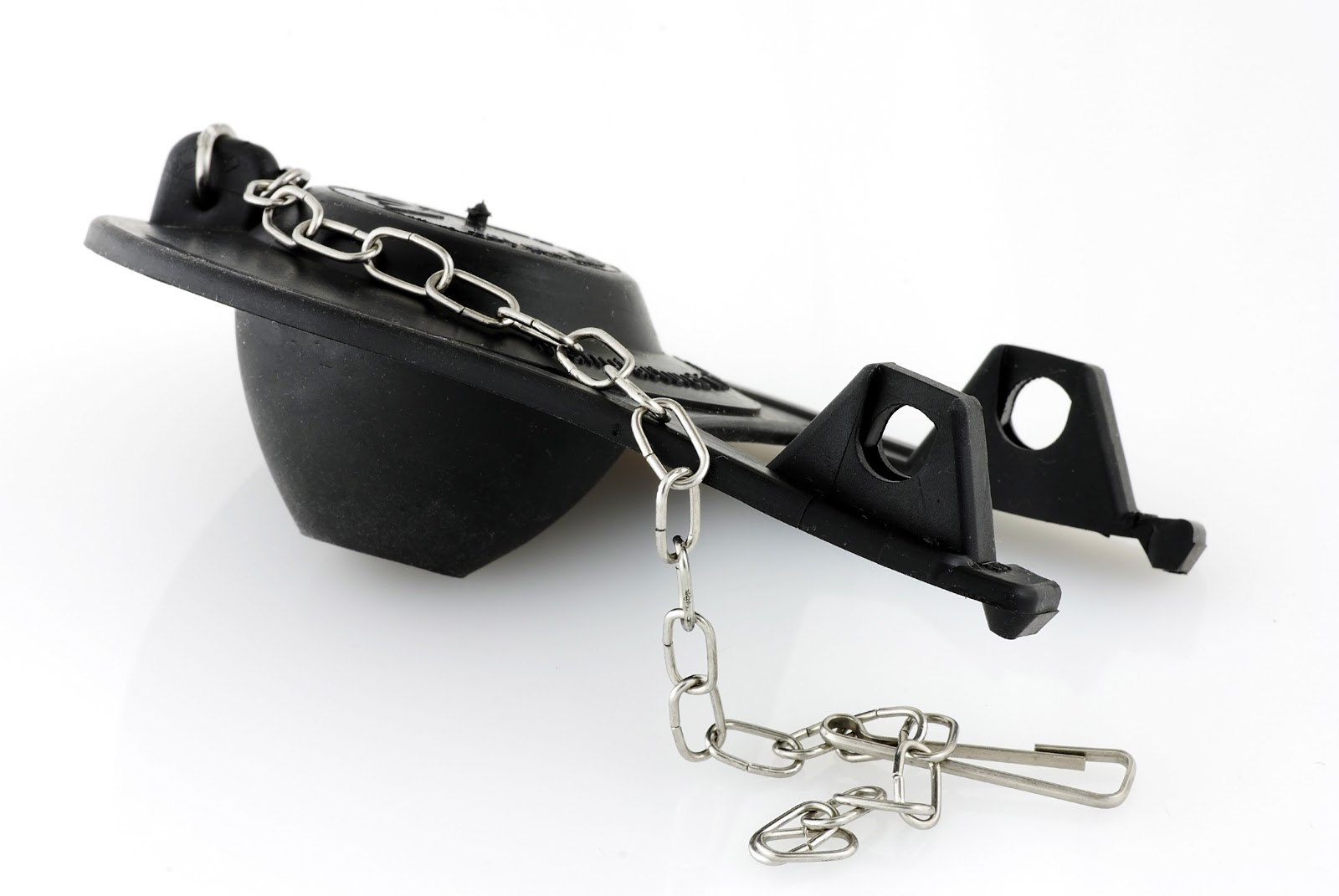How To Fix Your Running Toilet The Easy Way
Most homeowners have experienced the annoyance of having a noisy, running toilet a time or two.
But a toilet that constantly runs is actually much more than a mere annoyance.
If not fixed, a running toilet can waste hundreds of gallons of water over time – not to mention plenty of money on your water bill.
The good news is, more often than not, a running toilet is an easy fix that you can tackle yourself.
Today we will help you identify two common causes for a running toilet, and give you solutions to fix them yourself.
Common Cause #1 : Defective Flapper
Open the back of your toilet, and you will find a rubber valve that covers the hole in the bottom of your tank.
This rubber piece is your flapper, and it’s function is to keep water in the tank of your toilet when it’s not in use, and then to open up and initiate the flush cycle when the toilet handle is pressed.
When a toilet flapper won’t seal properly, your toilet runs continually and may make dripping and percolating noises.
Solution : Clean Or Replace Your Flapper
The first thing you can try, is to clean the bottom of the rubber flapper with a dry cloth.
Slime or other material can build up in your toilet tank over time, and interfere with a tight flapper seal.
If cleaning the flapper doesn’t fix the seal, you may be dealing with an old, or warped flapper, and in this case it’s best to replace it.
The good news is, it’s not difficult or expensive to replace your flapper – just follow these steps:
- Turn off the water to your toilet.
- Empty your tank by flushing the toilet.
- Unclip the chain, and pull the old flapper free.
- Bring your old flapper to your local hardware store so you can ensure that you purchase the correct size for your tank.
- Your new flapper will have holes that are designed to fit securely over the pegs of your toilet valve – make sure it is connected securely to these pegs.
If your new flapper comes with a new chain, you can disconnect and replace it as well. Chains that are broken, or sized wrong can also cause toilet sealing issues.
6. Adjust your chain if needed.
“There should be enough tension in the chain connecting the flapper to the toilet handle lever to open the valve easily when the toilet is flushed, but not so much that it pulls or weakens the seal.
Give the handle a push and see how the action feels. You may need to change the position of the chain a few times to get a perfect flush.
7. Turn your toilet’s water back on, and ensure that your flapper is working properly.
8. To maintain your new flapper in the future, avoid putting any chemical additives or chlorine in your toilet tank.
These can cause build up, warping, and sealing issues over time.

Common Cause #2: Faulty Toilet Fill Valve
If your flapper seems to be working just fine, next you’ll want to look into your toilet fill valve.
A toilet fill valve’s job is to refill the tank after each flush.
“Generally, you should be replacing your toilet fill valve about every 5 years.
If you haven’t been doing so, the parts will start wearing out, and you’ll likely experience the following from your toilet:
- Water keeps running
- A screeching sound
- Toilet won’t flush or flush completely
- It takes forever for the tank to refill.”
Solution – Replace Your Fill Valve
If you’re having the above issues, it’s probably time for a replacement. To install a new toilet fill valve, follow these steps:
- Turn off the water to your toilet.
- Empty your tank by flushing your toilet.
- Dry out the tank with a cloth or sponge.
- Unscrew the water hose from your tank – you will need a wrench for this step so you can unscrew the nut that keeps your hose in place.
- Make any necessary adjustments to your new fill valve – according to Home Depot,
“Toilets vary in size. Adjust the height of the toilet valve so the marking on top of the valve is at least 1 inch above the overflow tube.”
6. Install the new valve, using your wrench to make sure it has a very tight seal.
7. Reattach your water supply hose, turn on your water, and try to give your toilet a flush. Check to make sure your toilet is flushing as it should, and that the water levels are back to normal.
If the issue doesn’t seem remedied with a flapper or valve replacement, it may be time to call in a professional for an evaluation.
Or, if your toilet is old, it may be time for a replacement. Modern toilets are the best toilets because they use less water, and require less maintenance than older models.
If you’d like help addressing your plumbing issues, contact us at Marquez Plumbing today!
Free Plumbing Estimate
We provide free estimates for all our customers.
